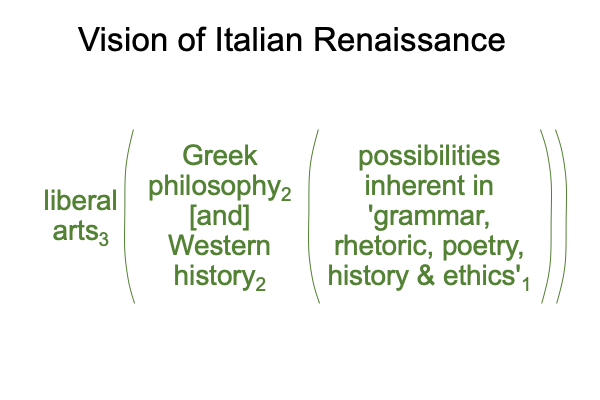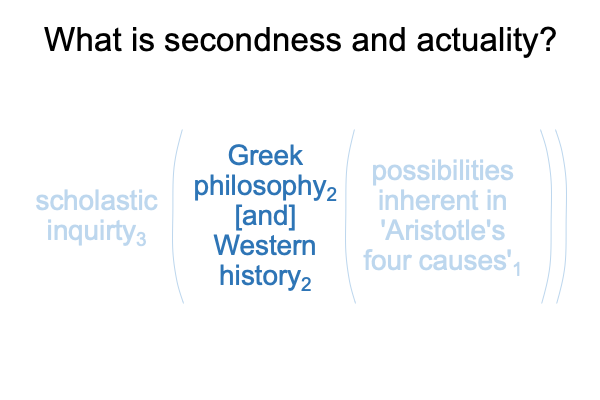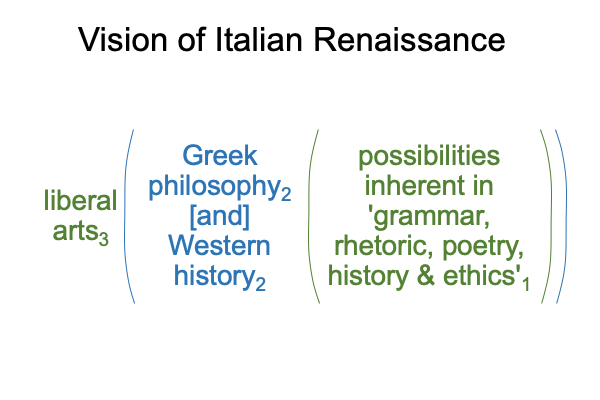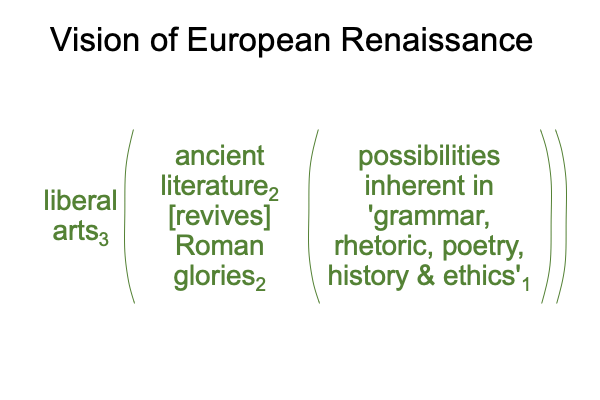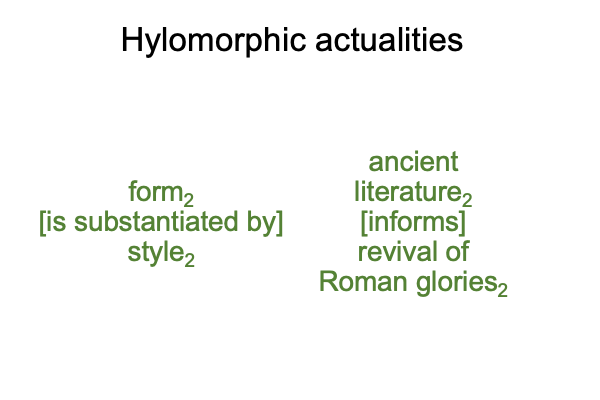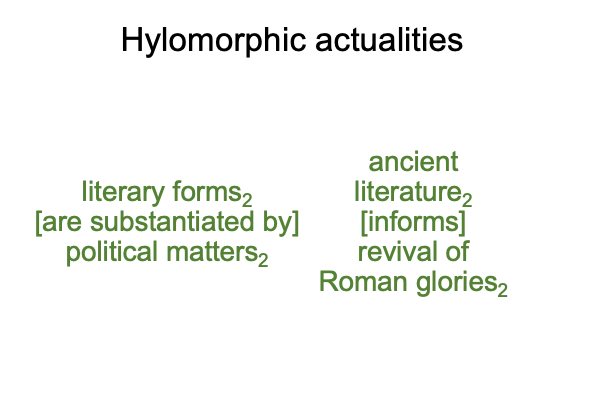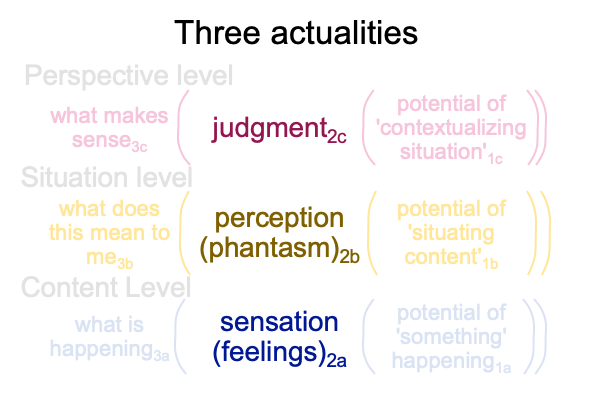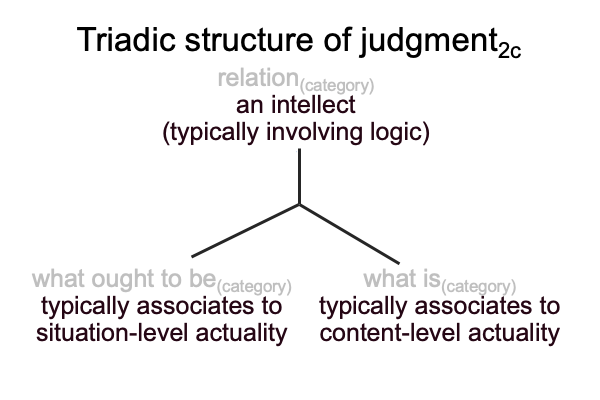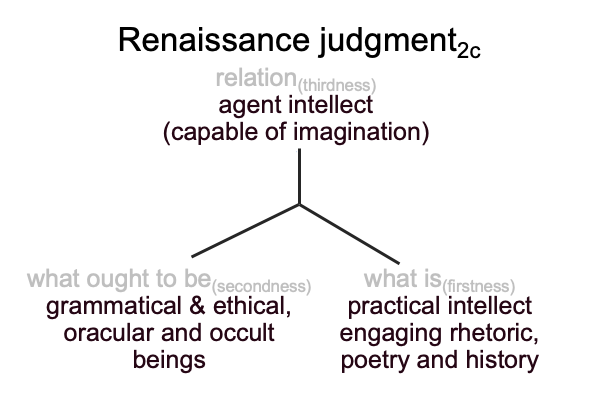Looking at Peter Redpath’s Essay (2000) “The Homeschool Renaissance” (Part 1 of 17)
0001 Twenty years pass since Professor Peter Redpath publishes an article, titled, “The Homeschool Renaissance and the Battle of the Arts”, in the Summer 2000 premier issue of Classical Homeschooling Magazine.
Homeschooling is one alternate to failing public schools systems, which are unlikely to be reformed, because these systems are governed by acolytes of the religion of big government (il)liberalism.
0002 Homeschool parents face difficult choices. There are no paths to guaranteed success.
But, certainly, homeschooling is better than the path to failure embodied by public school systems. Even the child who is accepted to a fast-track program or School of the Arts or Sciences, becomes a loser in a house divided. There is only one house, the House of God. No one knows that more than the newly minted postmodern disciplines of resentment.
Homeschools seek guidance about the Big Schoolhouse, where everything that rises must converge.
0003 Often, homeschooling parents turn to great books programs. The classics are ideal for recovering the former glory of Christendom. Here is where Peter Redpath stands, 20 years past. He is a guide to the big Schoolhouse, where the liberal arts are born again.
Classical Homeschooling Magazine illuminates the way.
0004 Today, the winds are more insistent. The leaves of disenchantment rustle through public schoolyards, as entrepreneurs follow Redpath in offering their wares, for the Big Schoolhouse, to many little schoolhouses, and to many many home schools, networked in patterns hitherto unimagined.
0005 In the following blogs, Razie Mah looks at Redpath’s whirlwind tour of a failure in the Italian, later European, Renaissance. Mah uses tools derived from the first postmodern philosopher, Charles Sanders Peirce. These simple tools, wares on offer for the education of young minds, include the category-based nested form, the three-level interscope and the triadic structure of judgment.

